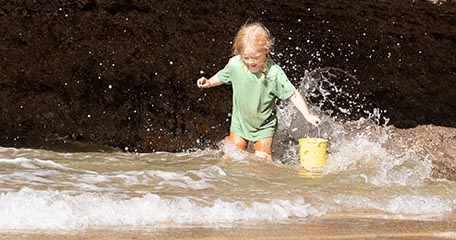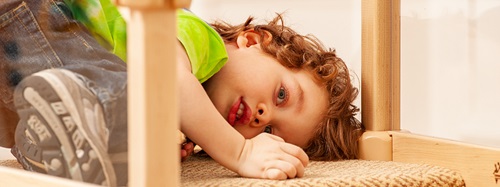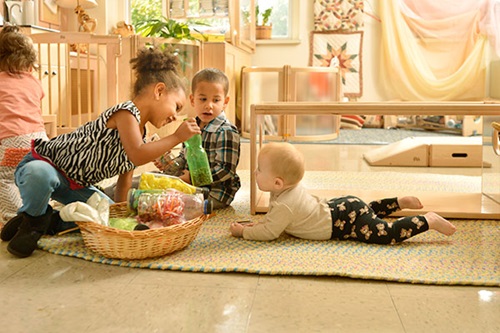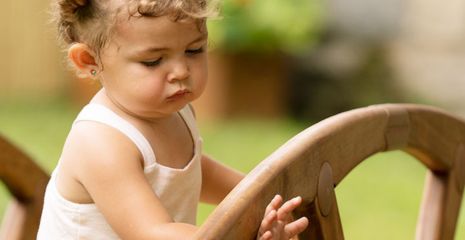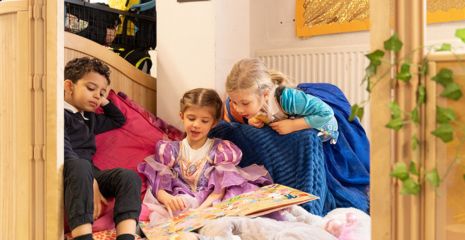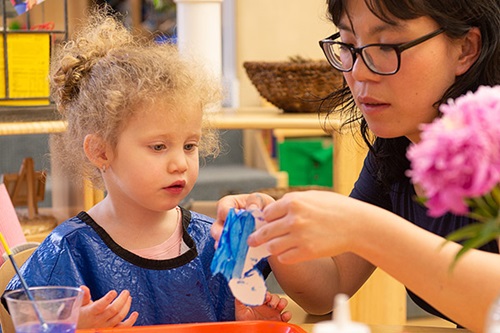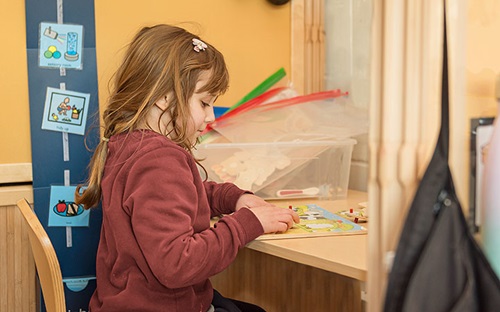
Self-regulation spaces in early education
Why do safe spaces matter for young children?
All forms of information arrive through our senses, and the way that we process this input, make sense of it, and respond to our environment is highly individualised. From the first moment of the day, children are exposed to constant stimulation which makes demands on their attention, emotions, and space. Each sense has a limit to how much input a child can comfortably manage.
When this limit is exceeded, some children may feel overwhelmed, unable to plan their next steps, or respond calmly. This is why it is essential to provide a safe, quiet space where a child can pause, self-regulate, and regain the confidence to re-engage.


What is self-regulation?
Self-regulation is an essential skill that enables children to recognise and manage overwhelming emotions – often triggered by sensory overload in their environment. A landmark study by Robson et al. (2020) highlights a strong link between self-regulation in early childhood and long-term health and social success.
Inclusive practice means ensuring all children – not just those with identified needs – have access to spaces where they can pause, rest, and reset. Every child benefits from moments of calm to regain balance and build emotional resilience.
How Nooks can help with self-regulation in your space
What is a Nook? Placed within your classroom's calm corner, a Nook is a dedicated space where children can self-regulate, free from external pressure or judgement.
Designed as a place of calm, Nooks:
- Minimise sensory overload by blocking visual distractions, reducing noise, and softening the lighting environment.
- Support safety and emotional security with a sturdy, enclosed form that helps children feel contained and protected.
- Encourage calm through gentle curves and natural colours that mirrors the tones of the outdoors, helping reduce visual stress.


What is the educator’s role?
Big emotions can be challenging for young children to navigate, and supporting them during difficult moments can be exhausting for everyone involved. A calm corner in your classroom gives children a safe place to manage their emotions.
By accompanying a child to this safe space, validating their feelings, and guiding them through their emotions, educators can help children develop critical self-regulation and social-emotional skills. In inclusive classrooms, calm corners become a vital component of the universal learning space, empowering children to address their emotions in a way that respects their individuality. Calm corners foster a sense of belonging and community.
This space should be calm and removed from the hustle and bustle of the room to support a child’s self-regulation. The child can access this area on their own or with adult support to co-regulate. Having this space within the classroom allows practitioners to respond to individual needs more readily without impacting staffing ratios. It also enables children to access the space freely throughout the day, and practitioners can recognise when a child may need a sensory break and direct them toward it.
Some children may need time and space on their own without adult intervention, and having a place of escape within the classroom can provide this while maintaining high levels of safety and supervision.”
– Hannah McCormack M.A.
References
Robson, D. A., Allen, M. S., & Howard, S. J. (2020). Self-regulation in childhood as a predictor of future outcomes: A meta-analytic review. Psychological Bulletin, 146(4), 324–354. (https://doi.org/10.1037/bul0000227)


